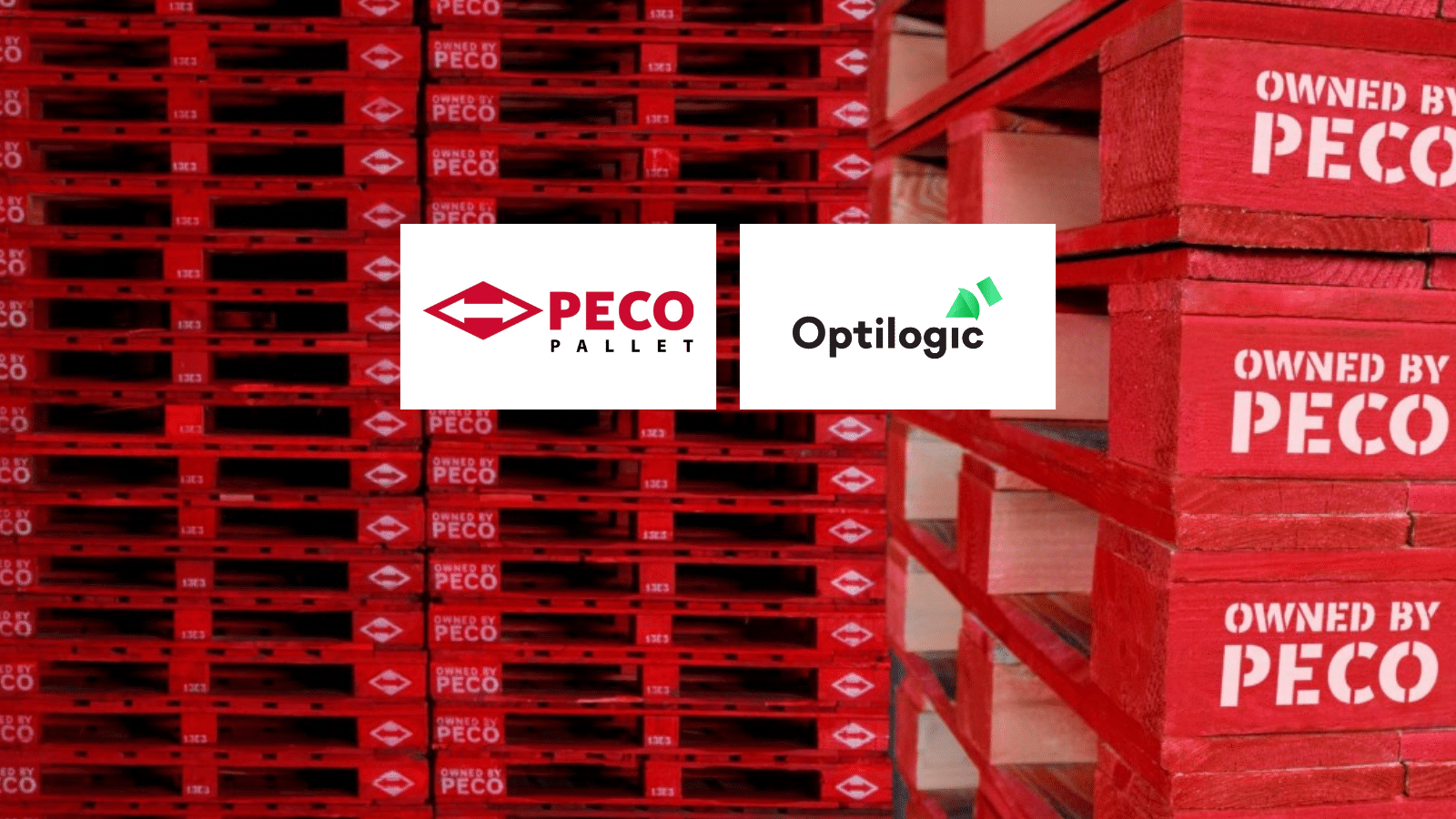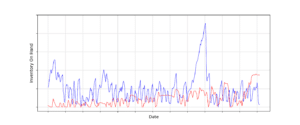
Learn how PECO transformed their supply chain design with cutting-edge optimization and simulation techniques to enhance efficiency, reduce costs, and drive operational excellence.
Published by
Published on
January 10, 2025





PECO Pallet (PECO), is a leading provider of pooled pallets in North America, delivering sustainable and cost-effective solutions for the transportation and distribution of goods. The company has a sophisticated supply chain design practice. However, its historically optimization-only approach overlooked a critical factor: uncertainty in both supply and demand. Traditional supply chain optimization methods are not equipped to incorporate such variability. PECO needed an alternative approach to design that could account for this uncertainty. The solution: Obtain prescriptive design insights through optimization and subsequently simulate the proposed changes to understand the impact of variability on network performance. Supply chain simulation allows companies like PECO to
Together, PECO and Optilogic converted PECO’s legacy optimization models to Cosmic Frog, which served as the foundation for designing and developing a repeatable optimization-to-simulation workflow.
PECO’s optimization-only approach contributed to reactive decision-making as real-world conditions deviated from model assumptions in between redesign exercises. PECO faced challenges including the following:
With more granularity than optimization and the ability to handle variability, simulation was a strong candidate for addition to PECO’s supply chain design practice.
PECO aimed to continue their established optimization practice using Cosmic Frog instead of its legacy design solution. They incorporated simulation to proactively test and verify the effectiveness of proposed design changes gleaned from optimization results (such as inventory rebalances and customer reassignments) while considering uncertainty. They leveraged simulation’s insights into:

Optimization is prescriptive, answering "What should I do?" while simulation is descriptive, addressing "What happens if...?" Here's why simulation was key for PECO:
To achieve their goals, the PECO and Optilogic teams collaborated to implement the following solutions:

By combining optimization and simulation, PECO strengthened its supply chain design process, enabling more proactive and informed decision-making.
PECO Pallet (PECO), is a leading provider of pooled pallets in North America, delivering sustainable and cost-effective solutions for the transportation and distribution of goods. The company has a sophisticated supply chain design practice. However, its historically optimization-only approach overlooked a critical factor: uncertainty in both supply and demand. Traditional supply chain optimization methods are not equipped to incorporate such variability. PECO needed an alternative approach to design that could account for this uncertainty. The solution: Obtain prescriptive design insights through optimization and subsequently simulate the proposed changes to understand the impact of variability on network performance. Supply chain simulation allows companies like PECO to
Together, PECO and Optilogic converted PECO’s legacy optimization models to Cosmic Frog, which served as the foundation for designing and developing a repeatable optimization-to-simulation workflow.
PECO’s optimization-only approach contributed to reactive decision-making as real-world conditions deviated from model assumptions in between redesign exercises. PECO faced challenges including the following:
With more granularity than optimization and the ability to handle variability, simulation was a strong candidate for addition to PECO’s supply chain design practice.
PECO aimed to continue their established optimization practice using Cosmic Frog instead of its legacy design solution. They incorporated simulation to proactively test and verify the effectiveness of proposed design changes gleaned from optimization results (such as inventory rebalances and customer reassignments) while considering uncertainty. They leveraged simulation’s insights into:

Optimization is prescriptive, answering "What should I do?" while simulation is descriptive, addressing "What happens if...?" Here's why simulation was key for PECO:
To achieve their goals, the PECO and Optilogic teams collaborated to implement the following solutions:

By combining optimization and simulation, PECO strengthened its supply chain design process, enabling more proactive and informed decision-making.
Fill out the form to unlock the full content

.png)

.png)
